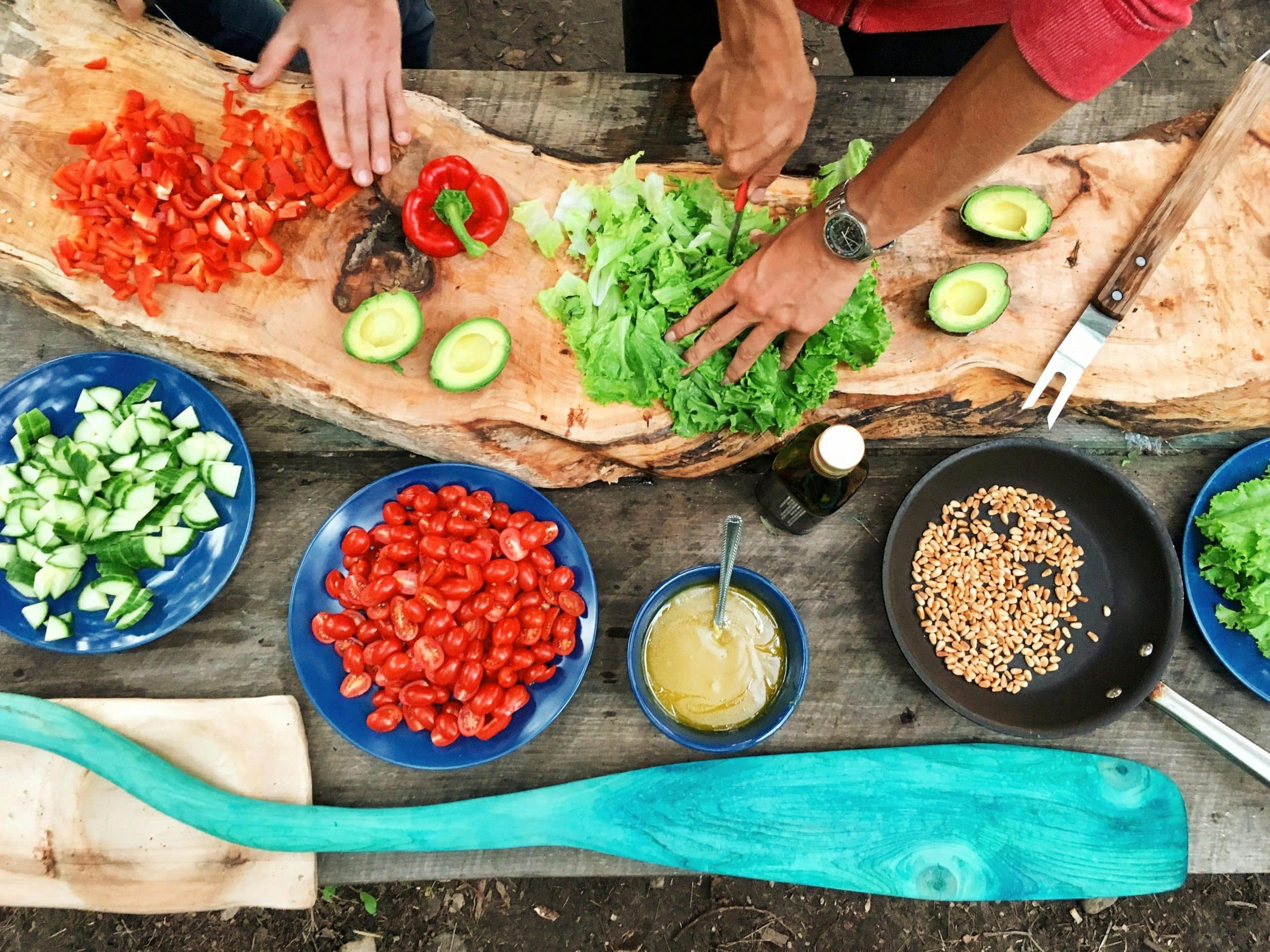Spanakopita, a traditional Greek dish known for its flaky phyllo pastry exterior and lush spinach and feta cheese filling, is an undeniable staple in Mediterranean cuisine. The art of creating a perfectly crisp and flaky spanakopita is one that requires patience, time, and the accurate use of certain key ingredients. So, what’s the secret to baking a perfect spanakopita? This article will guide you through the necessary elements, from choosing the right spinach to using the perfect phyllo dough and mastering the technique of layering.
Choosing the Right Spinach for Your Spanakopita
When crafting the perfect spanakopita, one cannot underestimate the importance of the spinach. This leafy green is the star of the dish, providing both texture and taste to the overall recipe.
Also to read : How to Create a Gourmet Vegan Cauliflower Steak with Herb Salsa?
There are different types of spinach you can use, but baby spinach is often a top choice. Its tender leaves and mild flavor will complement the strong, tangy taste of feta cheese, resulting in a harmonious filling. When you’re preparing the spinach, it’s crucial to wash it thoroughly and drain it properly. Soggy spinach can lead to a soaking wet pie, which is the last thing you want.
While fresh spinach is ideal, you can also use frozen spinach. If you do, make sure to thaw it completely and squeeze out any excess water. Remember, the key to a good spanakopita is a dry filling, as this allows the phyllo pastry to bake to a crisp, golden perfection.
Also read : How to Prepare a Gourmet Baked Camembert with Garlic and Rosemary?
Perfecting the Cheese Blend
For an authentic Greek spanakopita, feta is the cheese of choice. It’s a firm cheese with a tangy, salty flavor that pairs wonderfully with the mild spinach. While feta is essential, you can also add other types of cheese to make the filling richer.
Ricotta or cottage cheese can add a smooth, creamy texture to the mix. If you’re a fan of stronger flavors, consider adding a bit of Parmesan for a sharper kick. Regardless of the cheese you choose, make sure it’s well crumbled or grated, making it easier to mix with the spinach.
As with the spinach, drain your cheeses thoroughly. Excess water will prevent your spanakopita from attaining its signature flakiness.
The Art of Using Phyllo Dough
Phyllo dough, also known as filo, is what gives spanakopita its distinctive flaky crust. It’s a thin, unleavened dough that’s traditionally used in Middle Eastern and Balkan pastries.
When working with phyllo dough, remember that it dries out quickly. Keep the unused sheets covered with a damp cloth while you’re assembling the spanakopita. When it’s time to build the layers, brush each phyllo sheet generously with olive oil or melted butter. This will prevent the sheets from sticking together and will give your pie a beautiful, golden top when baked.
Don’t be disheartened if the dough tears. It’s delicate, and even experienced chefs sometimes rip it. Just take a deep breath and layer on another sheet. The end result will still be delicious.
Layering Your Spanakopita
The process of layering the spanakopita is both an art and a science. Start with a layer of oiled phyllo at the bottom of your pan. Then, add the spinach and cheese filling, spreading it evenly across the dough. Top the filling with another layer of oiled phyllo, and repeat the process until you’re out of filling.
You’ll want to finish with several layers of phyllo on top to create a sturdy crust. Remember to oil each layer as you go. This will ensure that the top is beautifully golden and crisp after baking.
Baking and Serving Your Pie
Once your spanakopita is assembled, it’s time to bake. Preheat your oven to a moderate temperature, around 350 degrees Fahrenheit (175 degrees Celsius), and bake for about 45 minutes, or until the top is golden and the filling is set.
While fresh from the oven, let your spanakopita rest for a few minutes before serving. This will allow the flavors to meld together, resulting in a more flavorful bite. As you cut into the crisp, flaky outer layers, you’ll reveal the rich, creamy filling within – a testament to your mastery of the spanakopita recipe.
Through careful selection of spinach and cheese, delicate handling of phyllo dough, and patience in assembling and baking, you can create a spanakopita that is as delicious as it is beautiful. Happy cooking!
Optimizing Your Spanakopita Recipe
The road to perfecting your spanakopita doesn’t end with just the choice of spinach or cheese, or mastering the art of layering. The real secret lies in tuning your recipe until you find a balance that suits your palette. With the right combination of olive oil, feta cheese, and spinach, you can create a dish that stands out.
Every good spanakopita recipe starts with a well-balanced filling. The spinach to feta ratio is crucial. You don’t want the tangy feta overpowering the mild taste of spinach. A good rule of thumb is to maintain a 2:1 ratio of spinach to feta. If you’re using 500 grams of spinach, use 250 grams of feta. This balance ensures that neither ingredient overpowers the other, resulting in a harmonious blend of flavors.
Beyond the spinach and feta, seasonings also play a significant role. A little bit of nutmeg can add a delightful hint of warmth to your spanakopita. Salt and pepper, used judiciously, can elevate the flavor profile of your pie. Don’t forget the herbs – a generous amount of chopped fresh dill, parsley, or mint can provide a refreshing note to balance out the richness of the filling.
When it comes to the phyllo pastry, achieving the perfect crispiness requires a combination of melted butter and olive oil. Brushing each phyllo sheet with this mixture before layering not only helps to achieve a golden brown finish but also adds a delicious flavor to your spanakopita.
The Takeaway: Achieving the Perfect Spanakopita
Baking the perfect spanakopita is not a simple task – but it’s certainly worth the effort. Whether you’re using fresh spinach or frozen spinach, the key is to ensure it’s properly drained. The cheese blend, often a mix of feta and other cheeses, should also be well-drained and finely crumbled or grated.
Remember, the phyllo dough is the star that holds this delicious ensemble together. Handle it with care and always keep your unused phyllo sheets covered to prevent drying out. A generous brush of olive oil or melted butter on each layer will help achieve the famed golden, flaky texture.
Layering the spanakopita is a test of patience and precision. The final result, a pie with a golden brown crust packed with a rich spinach filling, is a reward in itself.
As a final note, always allow your baked spanakopita to rest for a few minutes before serving. This allows the flavors to meld together and the pie to set, ensuring each slice holds together perfectly.
Mastering this traditional Greek dish requires practice, but with the right ingredients, attention to detail, and a bit of patience, you’ll soon be baking spanakopita that rivals those found in Mediterranean kitchens. Happy baking!











